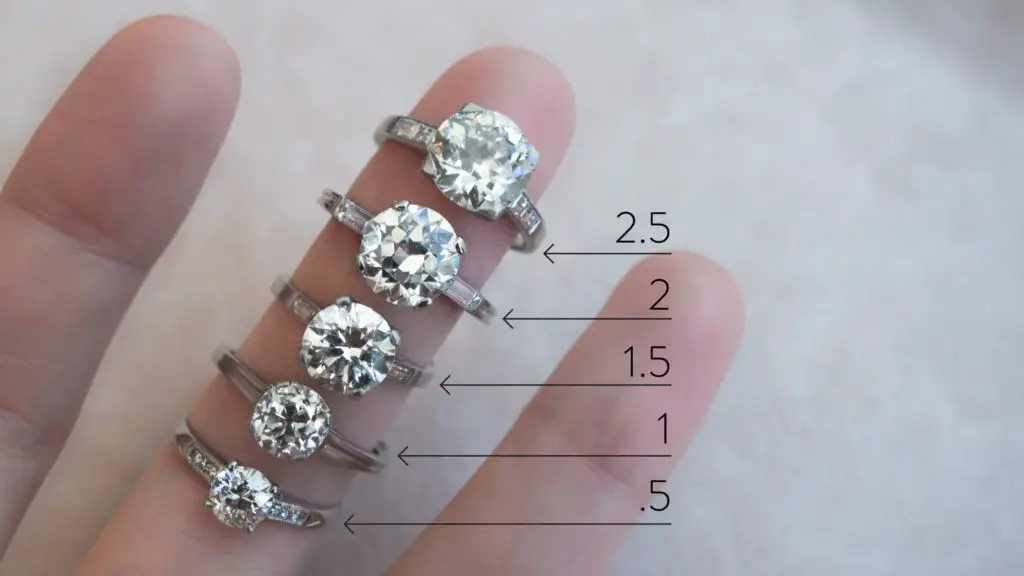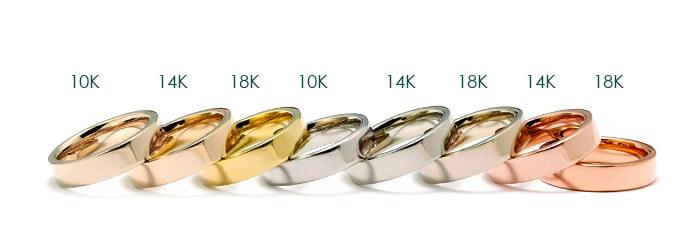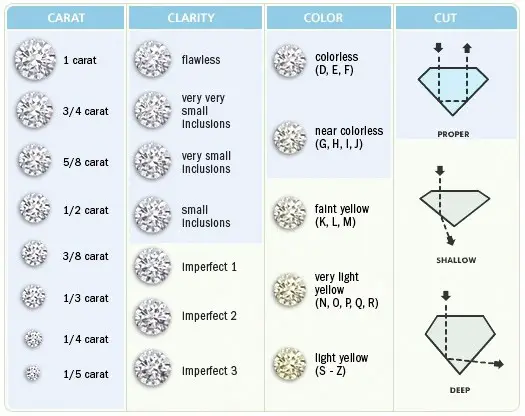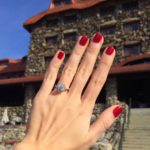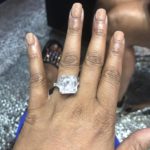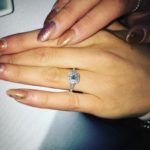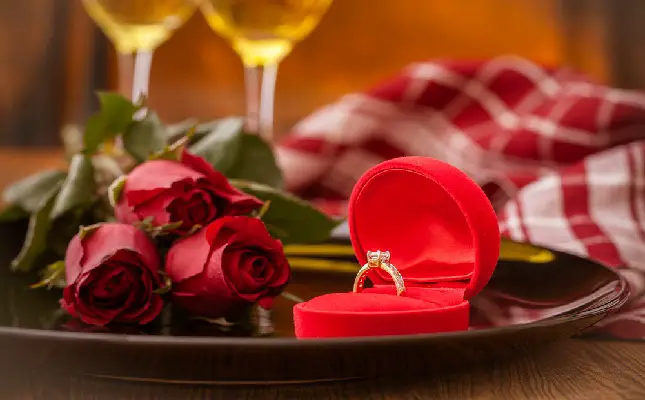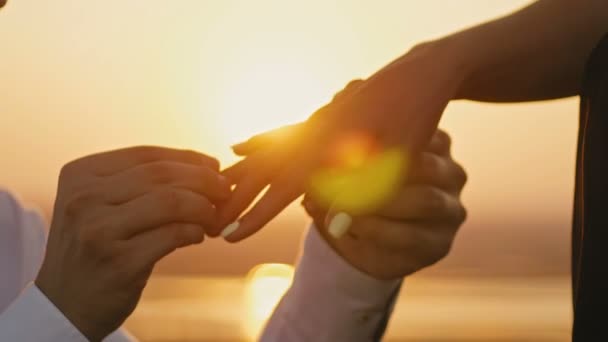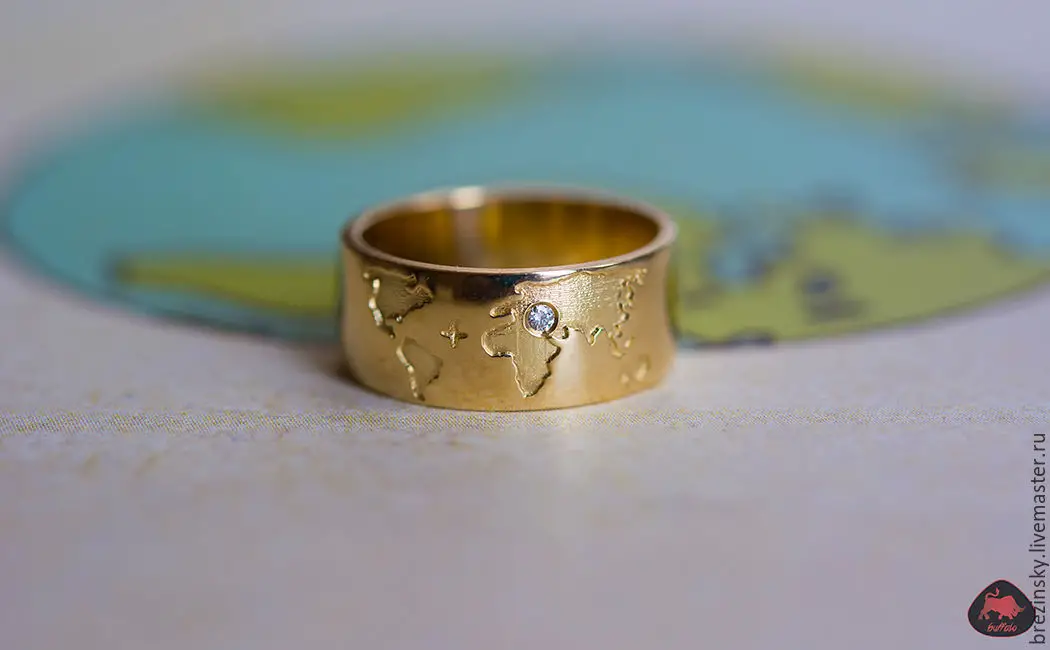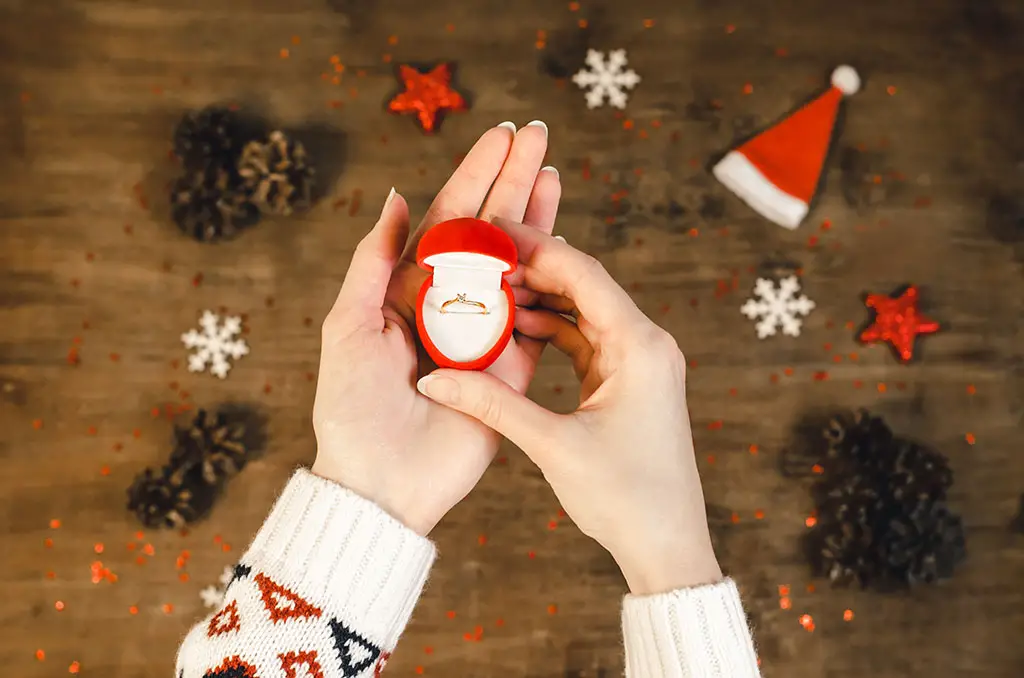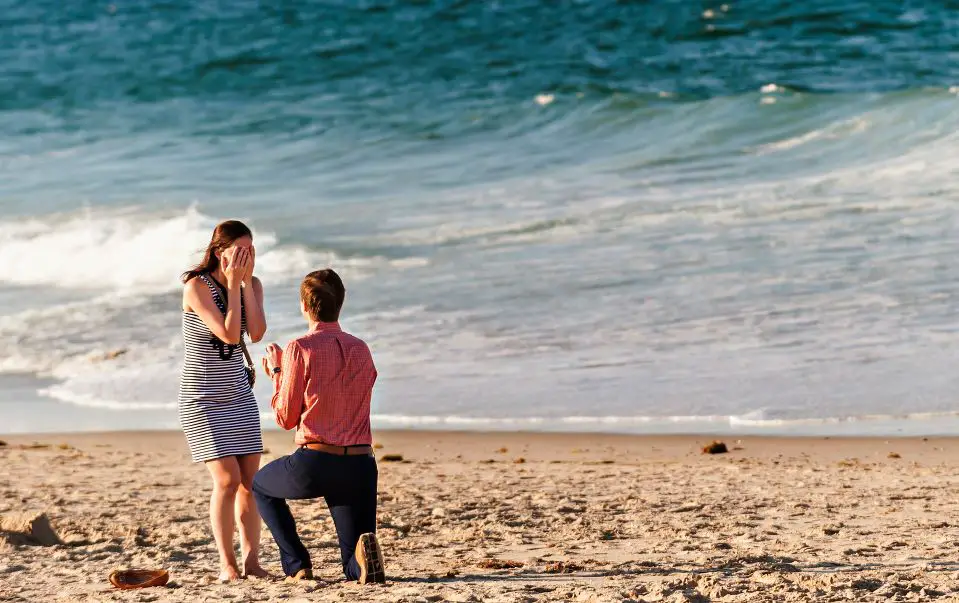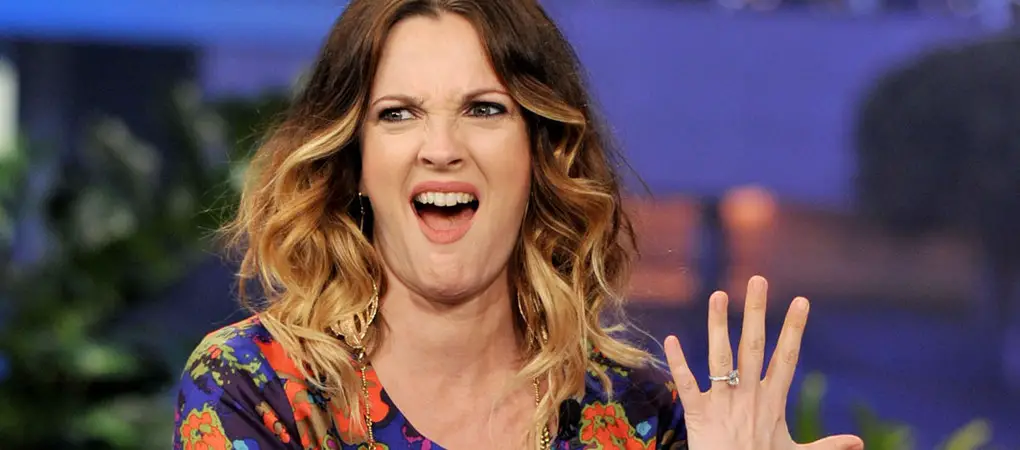The answer is not necessarily ‘too much’. Sure, engagement rings aren’t cheap. And if she has high hopes for big bling, you’re probably already dreading going engagement ring shopping. Never fear! Big doesn’t need to mean going broke, and small is not equal to cheaping out. Sit tight, we’re going to explain exactly what makes engagement rings so expensive, and how you can manipulate your budget so that you’re both happy with what you get.
‘My girlfriend wants a minimum of 3 carats. How much will that cost me?’
Unlucky for you, that question has no definitive answer. And we don’t just mean because different jewelers charge different prices. Size and a jeweler’s greed are not the only determining factors of a diamond’s price. In fact there are four main aspects that determine a diamond’s quality and as a result, its price. These are the 4Cs – carat, colour, cut and clarity, but we’ll talk more about them later. You probably just want a ballpark figure to get started with, right? Well, if you take an average quality round brilliant diamond from an average jewelry store, you can expect to pay something close to these price brackets:
0.5 – 1 carat – $3,000 – $6,500
1 – 2 carats – $6,500 – $11,500
3 – 4 carats – $14,500 – $25,000
Once you get to larger sized diamonds, going up in quality is necessary or else your stone will look distinctly less dazzling. So choosing a diamond higher in quality and bigger in size will set you back like so:
5 – 10 carats – $25,000 – $37,000
10 – 15 carats -$39,000 – $62,000
For the curious, we based these guide prices on Rapaport Price Lists from 2017 and 2016. Rapaport diamond prices are considered to be the primary source of diamond prices used by dealers in major markets. So allowing for year to year fluctuations, they’re relatively accurate. The criteria we used for the first batch was H colour, SI2 clarity, and the second batch was F colour, VSI2 clarity. If you’ve heard of Beyonce’s 18-carat engagement ring which is supposedly worth $5 million, that’s because she has the very best quality imaginable.
‘She wants platinum, why is that so much more expensive than other metals?’
Do you think the only difference between gold and platinum is colour? You’re very wrong, my friend. Platinum is much tougher, much shinier, and needs much less maintenance over time than gold does. Its shine never wears off and it doesn’t scratch easily. Oh, you’ll never need to get it re-plated. Gold on the other hand is the traditional choice. It’s classic and romantic, and of course beautiful. But you’ll need to get it polished and re-plated every couple of years (at least), it’s not as durable as platinum, and it can get scratched up pretty quickly on busy hands.
Precious metals are subject to market fluctuations, which can affect their prices per gram on a daily basis. At the time of writing, the spot price of gold was $1312.15 per gram, while platinum was $906.35. Check out the current prices here: https://www.moneymetals.com/precious-metals-charts Platinum is the cheaper choice at the moment, but the tables can turn pretty quickly.
Because platinum is so much more dense than gold, more of it is required to render into a ring – which explains why platinum engagement rings are so much more expensive than gold engagement rings. It takes around 2g of gold and 4 – 9g of platinum to make a ring. Platinum rings are usually 95% pure platinum, while gold rings add other metals into the mix to help make them more durable. 18 karat gold is actually 75% pure gold and 25% other metals like zinc or nickel; 14 karat gold is 58.5% pure gold, and so on.
‘How can two diamonds that look pretty much the same have such different price tags?’
We could spend a long time explaining this in detail, but we’re guessing you don’t have time for that – you have an engagement ring to buy, after all! So here’s a very brief summary.
As we mentioned before, the four main aspects that determine the quality and price of a diamond are its carat size, cut, clarity and colour. These are known within the industry as the 4Cs, and you’ll be hearing about them a lot.
Carat: is actually the weight of the diamond rather than its size, but to make it easier for consumers to understand, most jewelers will generally speak of carats in ‘size’ terms.
Cut: is not the shape of the diamond (round brilliant, princess, oval, marquise, etc.) but the proportions it has. Diamonds are cut with multiple facets to help them refract light and sparkle – if some facets are too big, too small or angled slightly wrong, the sparkle effect is lessened.
Clarity: Diamonds have natural blemishes that can occur on both the exterior and interior of each stone. They can usually only been seen under magnification, but again, they affect how light feeds through the diamond and how much sparkle it has.
Colour: perfect diamonds are colourless, so the more colour a diamond has, the less valuable it is. Unless it falls under the category of ‘fancy colour’ diamonds – but that’s a whole other story. Diamonds with slight hints of yellow or brown are much less desirable.
So even though they may look the same, every diamond is different because each of their 4Cs differ. You can see how each diamond ranks in each of the 4C categories by viewing its certificate – which is another determining factor of price. No certificate means your diamond’s quality can’t be officially verified and its source may be more than a little shady. That may make them cheaper, but be very weary.
‘Do extra stones and other pieces add more to the cost of a ring?
You betcha. Extra stones not only means paying for the cost of the extra materials, but also the workmanship needed to set them into the ring. Even if they’re just tiny diamonds set into band, that still takes time and skill – and that has to be accounted for somewhere. You can counteract the cost somewhat by choosing lesser quality gems or cheaper alternatives – or by not have any extra stones at all!
‘How can I get the best deal on an engagement ring?’
One method guaranteed to save money on an engagement ring is by shopping online. E-commerce is gaining popularity year on year, and there are now plenty of reputable online engagement ring retailers to choose from. Because their overheads are much less costly (no physical jewelry stores to maintain and no sales staff needed), prices can be up to 30% lower than bricks and mortar stores. James Allen (our online partners), Blue Nile and Brilliant Earth are three of the best.
Second, consider a vintage engagement ring. Older diamonds can again be up to 30% cheaper than diamonds fresh out of the mine. It’s the same with pre-owned settings. Rings more than 50+ years are likely made by hand, which means their craftsmanship is unique and arguably better than a brand new ring. But because of their age, they may be more susceptible to wear and tear. Hence, the price tag can be slashed. If the vintage ring you have your eye on is in especially good condition or has an especially romantic or noteworthy history, expect to pay much more.
Thirdly, choose an odd carat size. Unless you’re specially trained and taking a good hard look using specialist equipment, there’s no obvious size difference between a 1 carat diamond and a 0.9 carat diamond. There can be a significant difference in price, however. Whole numbers and rounded numbers are considered more desirable, so everyone jacks up the price. Go a smidge lower and you can save plenty of cash without compromising too much on size.
If she’s not especially interested in tradition, there are cheaper alternatives to mined diamonds. Lab grown diamonds require much less manpower or investment (not to mention environmental damage) and are between 10 – 20% cheaper. They are exactly the same as mined diamonds, the only difference is that they were grown in a lab. Moissanite is another lab grown, premium quality alternative that looks pretty much identical to diamond – in fact, it shines even brighter. Other lower budget and slightly lower quality alternatives include white sapphire or white topaz.
Armed with all of the above information, you should be able to add up your own ballpark figure for how much her dream engagement ring will cost. And you also know how you shave a few numbers off that figure. Go forth and shop… and thank us later!
